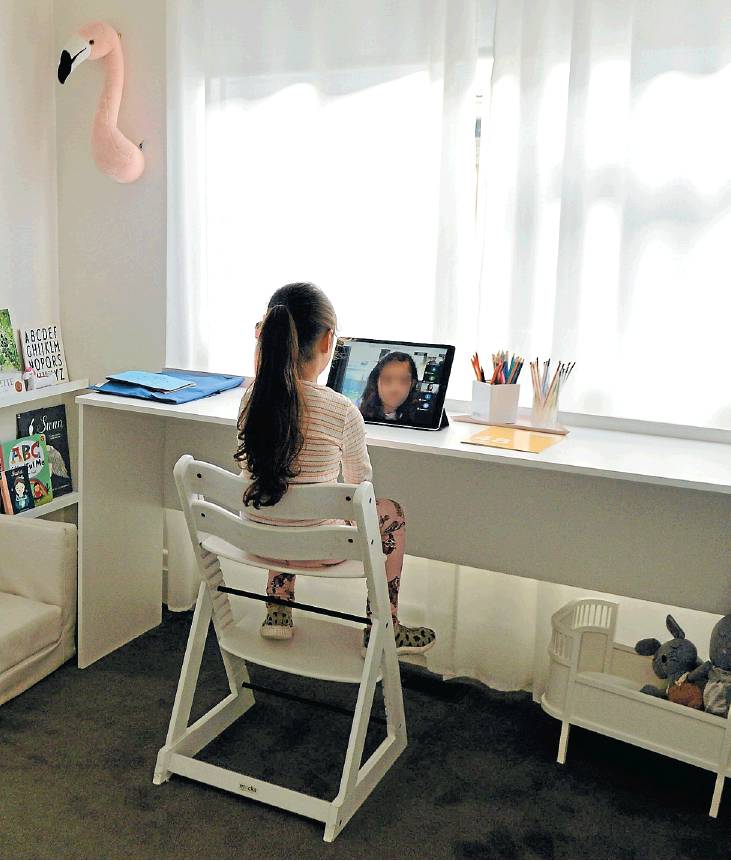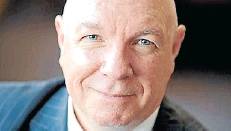The other learning essentials
BY PHIL LAMBERT
The characteristics and qualities that helped schools to thrive during the COVID-19 crisis are those that need to remain in focus.
It is interesting how a common word can suddenly be elevated in its importance and impact in the common lexicon. This happened about a decade ago in the wake of the 2008 global financial crisis when the word “austerity” soon became code in many countries for the harsh economic measures that were about to be imposed by governments on their people.
The word to achieve new status in 2020 is “essential”. The first sign of its enhanced usage, which virtually occurred overnight, was the result of the stockpiling of toilet paper, rice and flour as a result of home isolation orders. These items became known as essential goods.
Then frontline health workers and those whose ongoing employment at their worksites was crucial for survival in the midst of the pandemic, such as supermarket staff and long-haul truck drivers, were deemed essential workers.
Who qualified as an essential worker beyond the obvious was contestable. Cogent arguments could also be made why it might be essential to have your child learn at school rather than online at home. Teachers have always been
– and, one suspects, always will be
– considered essential.
The need for a focus on essential learning then emerged as remote and in-school responses became both strategic and time-sensitive. This was followed by the state’s curriculum and registration authority granting schools “flexibility” to determine what and how to repackage and prioritise syllabus content, thereby signalling what many have recognised for a good while now – some syllabus dot points are more essential than others.
It is important to point out here that essential learning is not a new concept. Tasmania explored a curriculum framework structured around the concept in the early 2000s.
More recently, the report on the review of NSW curriculum proposed that a “paring back” of content was required and that a focus on what is essential was needed to address the state’s overcrowded curriculum. The word “essential” appears no less than 89 times in the report.
Determining what is essential in and across curricula is not as easy as it sounds when specifying what needs to be retained, what can be comfortably jettisoned and what “new needs” are to be added.
One stakeholder’s essential is different to another stakeholder’s essential. Education has possibly more advocacy groups than any other field and lobbying is intense when curriculum reform or revision processes are under way.
There are some principles that can help us distinguish between the essential and the non-essential, but that is for another time when COVID-19 is consuming less of everyone’s time, energy and effort.
However, the COVID-19 crisis with all its challenges presents a unique opportunity. The emergency response in April-May placed the governing bodies of schools, their teachers, their students and their parents/carers in an unprecedented highpressure situation.
It also brought into sharp focus the “other essentials” that are more often and explicitly identifiable in school values, mottos and vision statements than in syllabuses.
The extent to which students successfully exhibited or demonstrated essential competencies, beliefs and dispositions such as trust, resilience, respect, hope, diligence, reliability and agency during this time should provide valuable insight into how well-equipped our young people are for life beyond school and home.
Before we snap back to what was, or transition to a new normal, let’s consider the attention we give to and the value we place on these other essentials. The opportunity to do this won’t last for very long.
Dr Phil Lambert is a curriculum adviser to the OECD Education 2030 initiative and Adjunct Professor at the University of Sydney. He is an internationally recognised school education expert. This article was first published by the Association of Independent Schools of NSW (aisnsw.edu.au).

